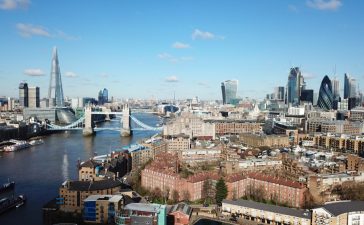RBA has reaffirmed its mounting concern over the consumption outlook as property slump and weak incomes threaten spending
Australia’s central bank reaffirmed its mounting concern over the consumption outlook as households are besieged by falling property prices, weak income growth and high debt.
The Reserve Bank said while the economy was weathering the property slump, if prices fell much further then consumption could be weaker. That would “result in lower GDP growth, higher unemployment and lower inflation,” it said in minutes of its February policy meeting released in Sydney Tuesday.
Governor Philip Lowe dumped a tightening bias in favor of a neutral policy outlook earlier this month amid increasing risks at home and abroad and a downgrade in forecast domestic economic growth. Yet he remains buoyed by resilient hiring and unemployment edging lower, suggesting faster wage growth and an uptick in inflation could still be in the offing.
Members noted that there were significant uncertainties around the forecasts, with scenarios where an increase in the cash rate would be appropriate at some point and other scenarios where a decrease in the cash rate would be appropriate, the central bank said.
Australia is in the unusual environment of a significant drop in Sydney and Melbourne house prices despite a record-low cash rate, solid economic growth and strong employment. The minutes said the board “spent some time” looking at a paper on the implications of the housing market for the economic outlook.
The key issue is whether households start to feel poorer and become more risk averse in response to the property downturn, damping spending. Moreover, weakness in spending seen in GDP data released in December was compounded by downward revisions from previous periods.
The outlook for consumption continued to be one of the key uncertainties for the forecasts for the domestic economy, given the environment of declining housing prices, low growth in household income and high debt levels, the RBA said.
The Australian dollar bought 71.21 U.S. cents at 11:35 a.m. in Sydney compared with 71.29 before the report’s release. Futures traders’ bets signal a better than 50 percent chance that the RBA cuts its benchmark rate this year.
The RBA has kept the cash rate unchanged at 1.5 percent since August 2016 and the minutes said “members agreed that there was not a strong case for a near-term adjustment.”






